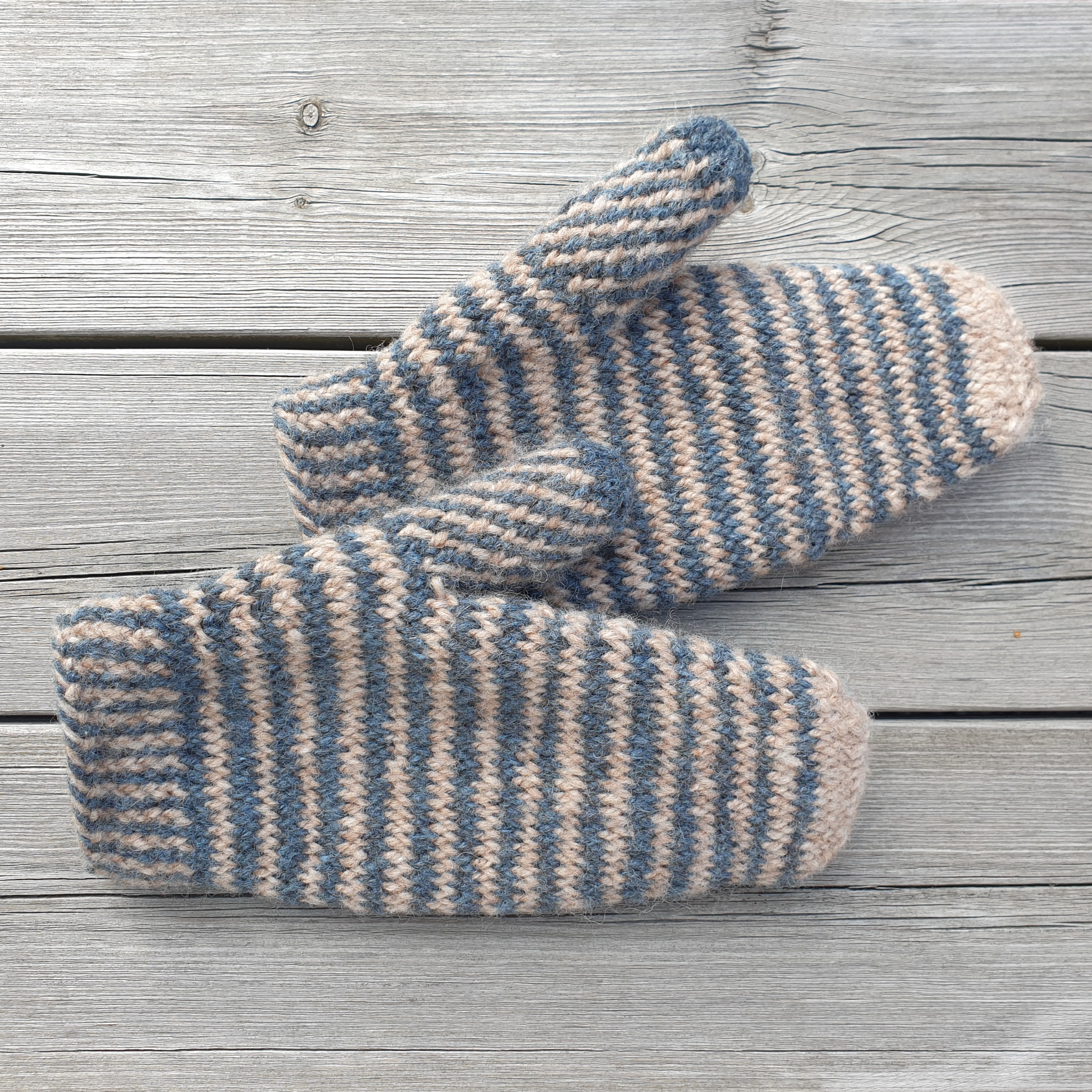Nålbinding connections
Making, mapping and describing connections
DOI:
https://doi.org/10.7577/formakademisk.5419Emneord (Nøkkelord):
EnglishSammendrag
Nålbinding is the collective name for several thousands of stitches formed using yarn and a needle to create a fabric. A nålbound fabric consists of a stitch or a row of loops that is connected to or sewn in the previous row. Only a handful of connections have been documented and described. This paper analyses around 150 swatches made by the author with the purpose of exploring how many types of connections there are and the how different connections change the texture of the fabric using the same basic nålbound stitch. As the number of possibilities identified was greater than expected, this paper also describes a notation system that will make it possible to analyse and compare the different connections. The notation is designed from a crafter’s point of view, describing how the connections are made. This will make it possible both to better describe existing connections and to create new nålbound stitches and textures.
Referanser
Hald, M. (1945). Lundavanten. In S.T. Kjellberg. Kulturen, en årsbok, (pp. 80–83). Kulturhistoriska föreningen för södra Sverige. https://ctr.hum.ku.dk/research-programmes-and-projects/previous-programmes-and-projects/the-margrethe-hald-archive-digitalization-and-dissemination/MH_Lundavanten-compressed.pdf
Hansen, E. (1990). Nålebinding: Definition and description. In P. Walton & J. P. Wild. Textiles in Northern Archaeology: NESAT III, textile symposium in York, 6–9 May 1987 (pp. 21–27). Archetype Publications.
Nordland, O. (1961). Primitive Scandinavian textiles in knotless netting. Oslo University Press.
Rothquist Ericsson, L., Andersson, A., & Liby, H. (2013). Söma, nåla, binda. Nålbundet från Uppland. Upplandsmuseet.
Westman, B. (1983). Nålbindning 12 varianter. Firma Tumvanten.

Nedlastinger
Publisert
Hvordan referere
Utgave
Seksjon
Lisens
Opphavsrett 2023 Ingela Andersson Lindberg

Dette verket er lisensiert under Creative Commons Attribution-NoDerivatives 4.0 International License.
- Forfatteren(e) beholder sin opphavs- og kopieringsrett til eget manuskript, men gir tidsskriftet varig rett til 1) å fremføre manuskriptet for offentligheten i den opprinnelig publiserte digitale form, og 2) å registreres og siteres som første publisering av manuskriptet.
- Forfatteren må selv forvalte sine økonomiske kopieringsrettigheter overfor eventuell tredjepart.
- Tidsskriftet gir ingen økonomisk eller annen kompensasjon for innsendte bidrag, medmindre det er gjort særskilt avtale om dette med forfatteren(e).
- Tidsskriftet plikter å arkivere manuskriptet (inklusive metadata) i den opprinnelig publiserte digitale form, i minst ett dertil egnet åpent tilgjengelig langtidsarkiv for digitalt materiell, som for eksempel i de norske universitetenes institusjonsarkiv innen rammen av NORA-samarbeidet.
Verket vil bli publisert OpenAccess med en Creative Commons 4.0-lisens som tillater alle å lese, dele og tilpasse innholdet, også kommersielt, under lisensvilkårene:
Dette verket må tilskrives/ krediteres på riktig måte, en lenke må gis til CC-BY 4.0-lisensen, og endringer som er gjort må angis på en rimelig måte, men ikke på noen måte som antyder at lisensgiveren støtter deg eller din bruk.



